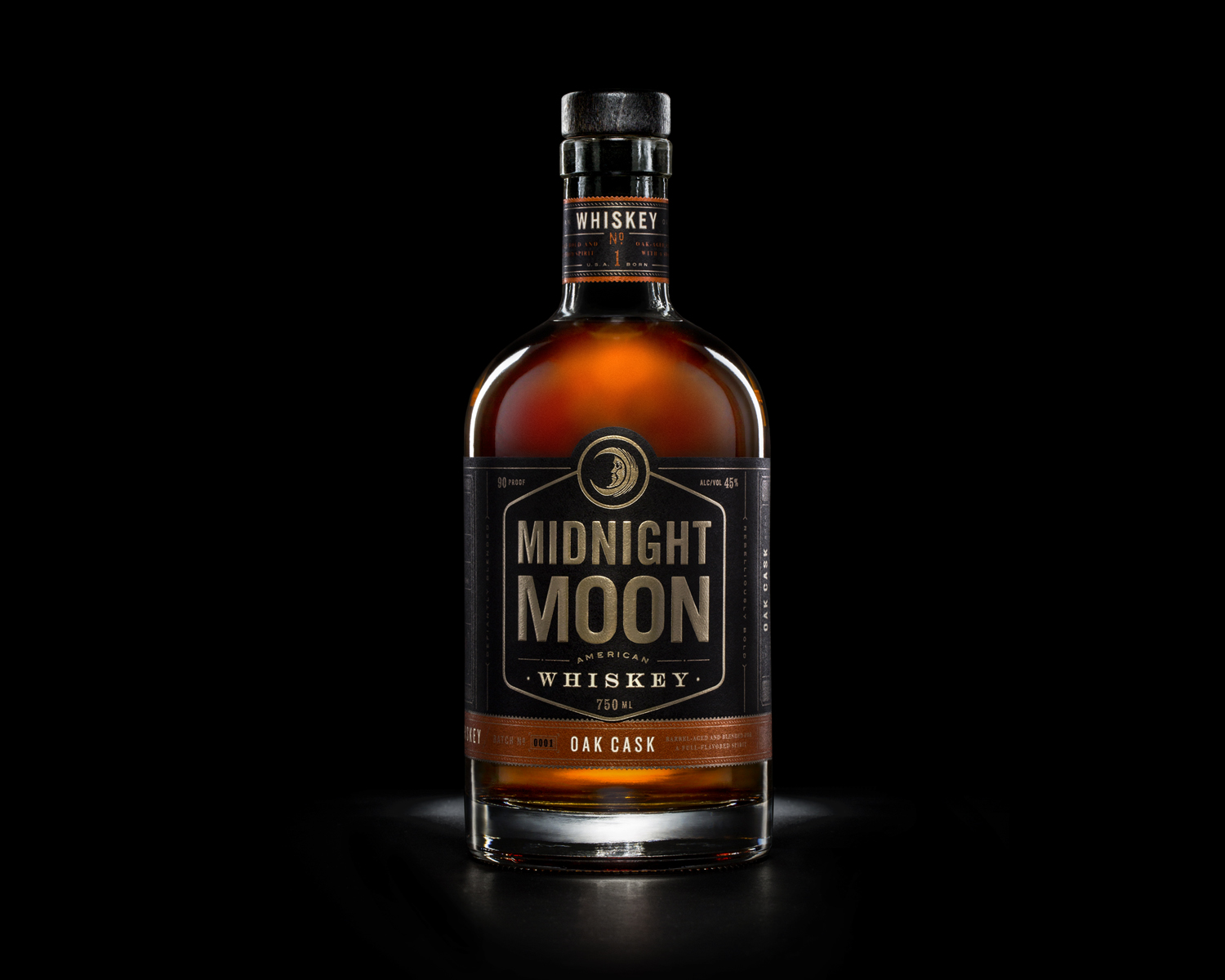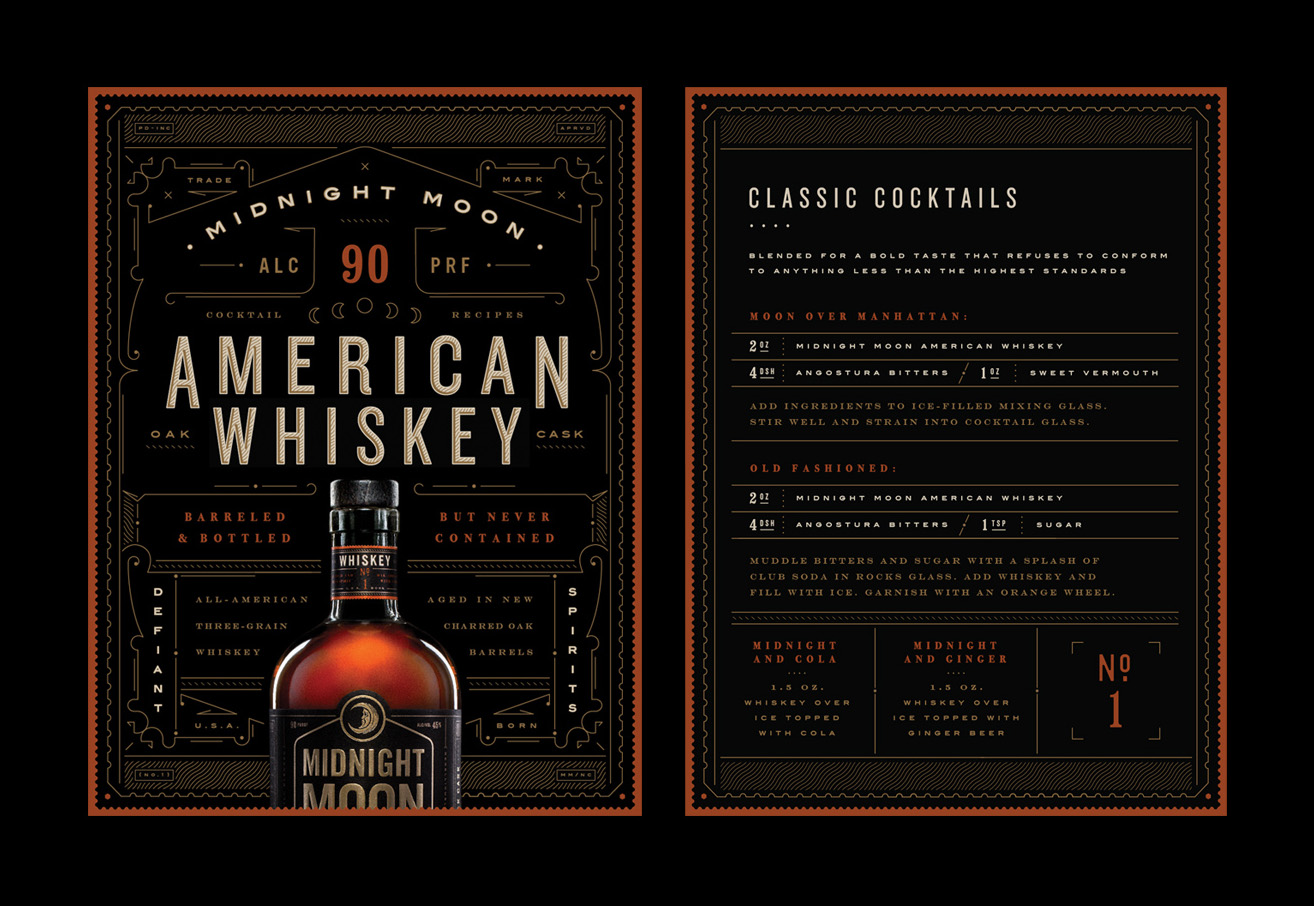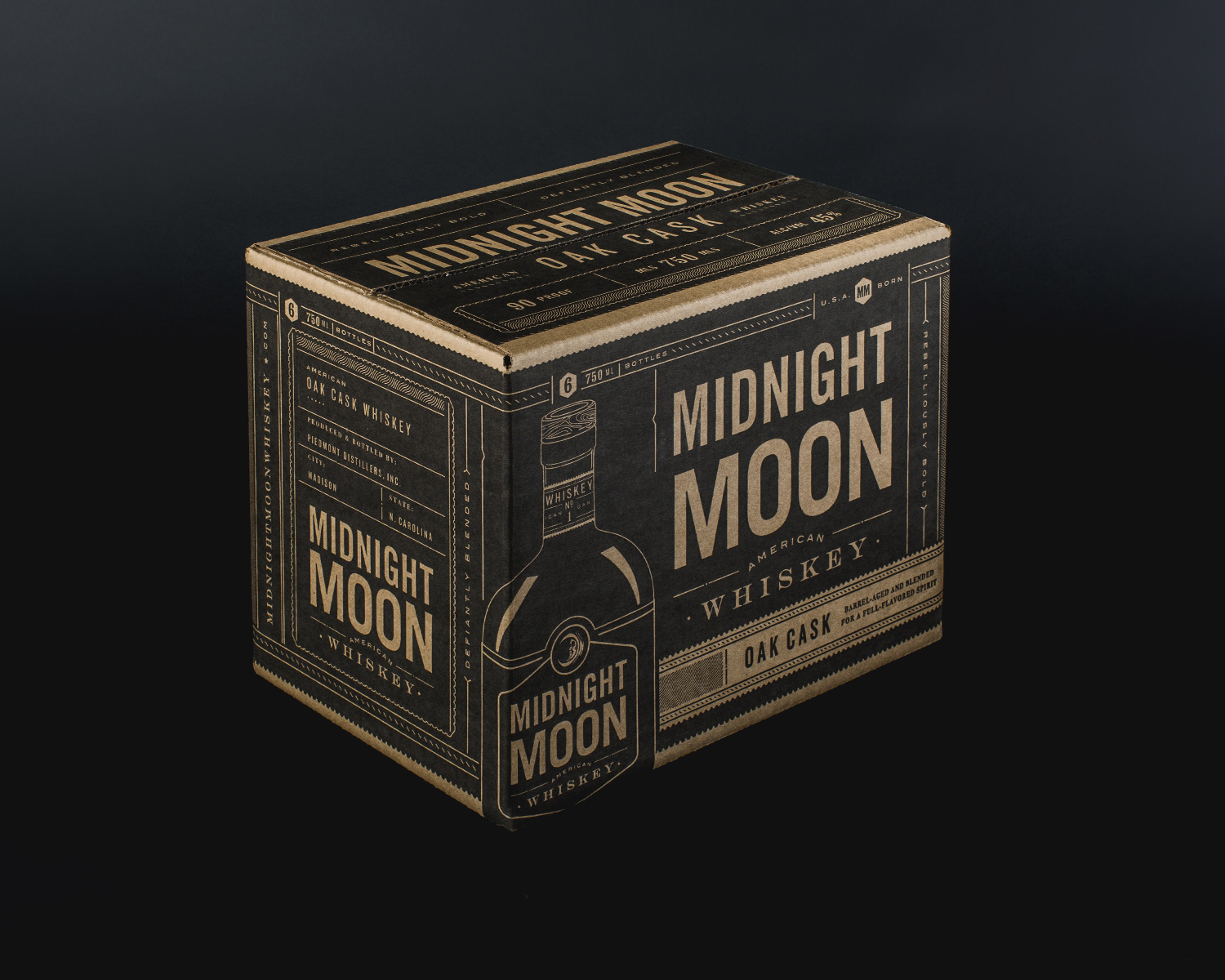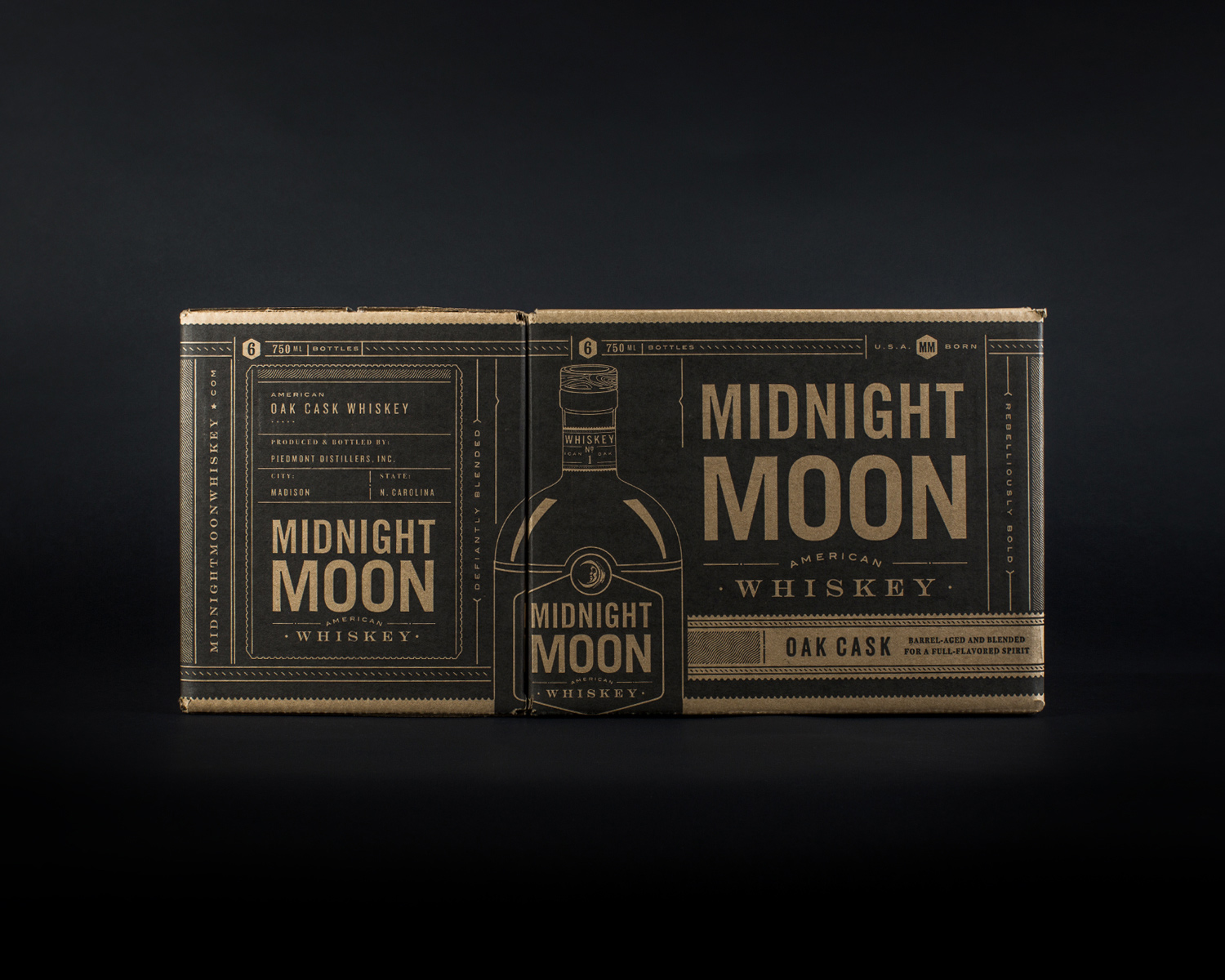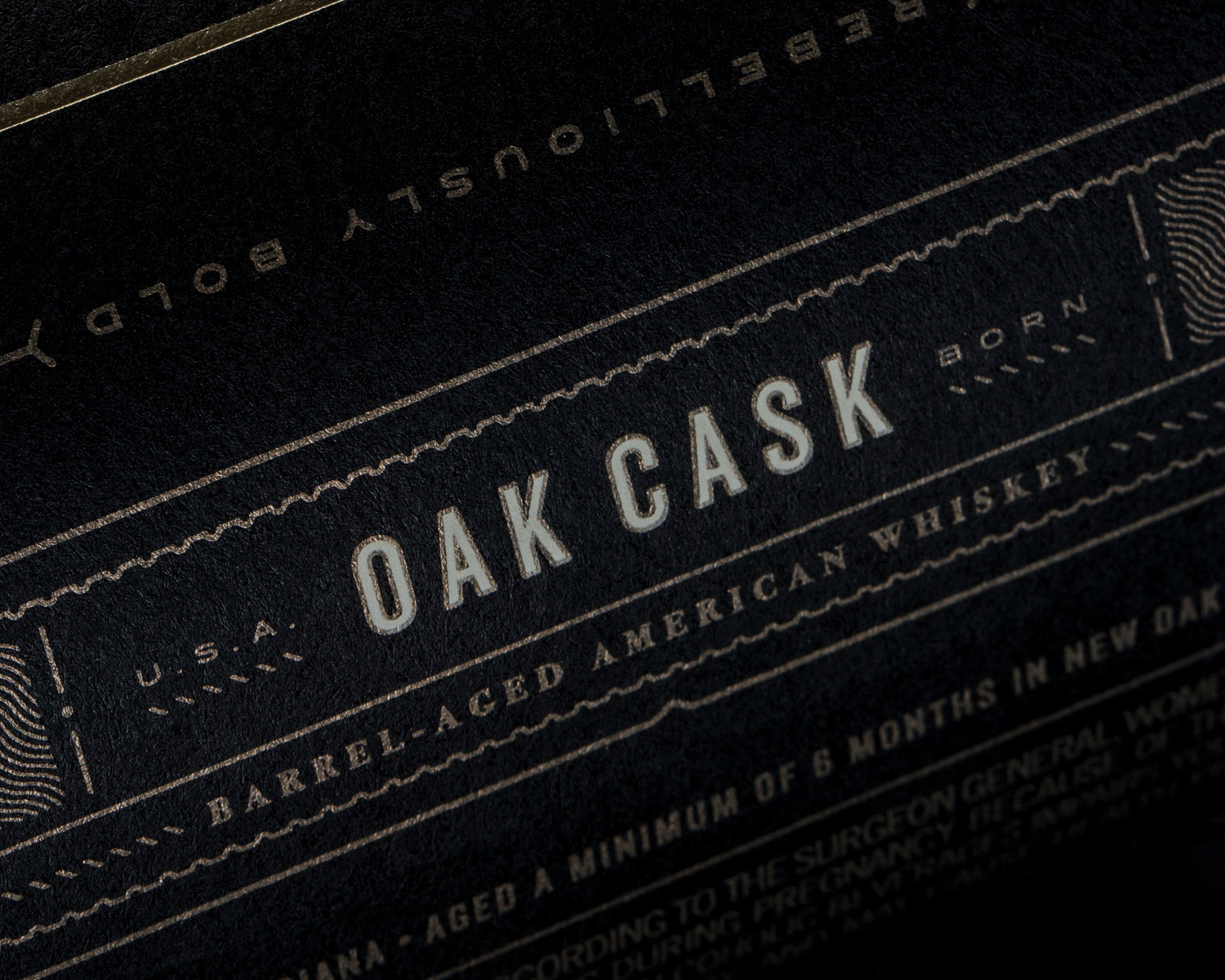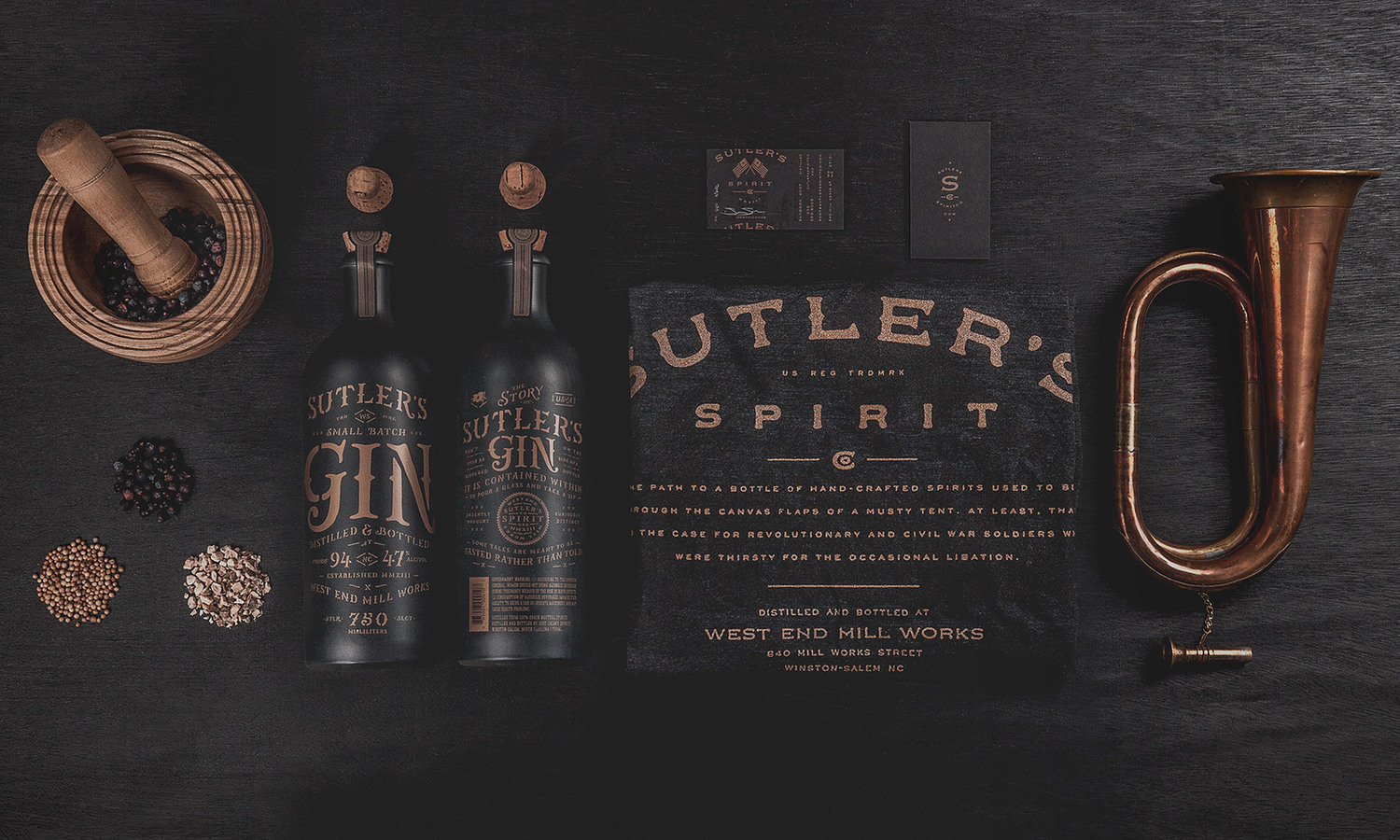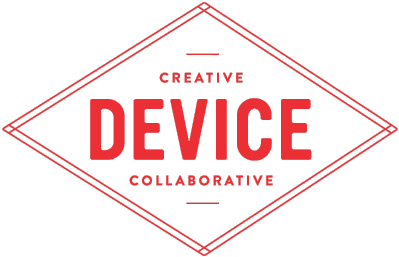|||| TIPS + TRICKS: BRANDING CRAFT SPIRITS, THE NEW CRAFT BEER ||||
_CRAFT SPIRITS BRANDING 101 : PART 02
The renaissance of cocktail culture has driven demand for intriguing and complex spirits. And the strident re-emergence of whiskey has taken the brown-spirits category to new heights. Add growing consumer interest in the local and artisanal to the mix, garnish the lot with a wedge of lemon, and the craft spirits market is one to toast to.
Read Part 1 of this guide to learn more about the brand platform and making a name.
- / 04 / BUILDING YOUR IDENTITY
Now comes the part that probably first came to mind when you heard the term “branding”: what your brand looks like.
LET’S RUN THROUGH WHAT YOU’LL NEED TO ADDRESS
Visual Identity System: The look of your brand starts here. A visual identity system consists of your logo and sub-logos, color palette, typography, iconography, graphics and your design system, aka how it all comes together. These elements should be modular yet cohesive, meaning that they work together but can stand alone. This gives you some flexibility in how your brand is presented across different media and as you grow. A great visual identity system is distinct, memorable and cohesive.
Packaging: Everyone loves beautiful packaging. But packaging isn’t just about looking good – it’s about selling. Good packaging is distinct, communicates what your product is and how it’s different from other brands, and entices consumers to pick it up and pay for it. Liquor packaging is also subject to stringent TTB label standards, which include mandatory alcohol content statements, health warning statements and class and type designations. If you get these wrong you won’t be going far.
Responsive Web: Only reclusive artists can get away without having a website. A fully fleshed-out site can get expensive quickly, so many new distilleries may opt for a simple splash page, a temporary landing page or a microsite with just the basics. You can always scale up to include all the bells and whistles later. Whatever works for you, make sure you build the best site you can for the money you have available. Your website will be what people see when they Google you, so make sure it pulls its weight. And with almost 60% of searches now coming from mobile devices, you’ll want a site that looks good on a phone or a tablet – or risk drinking alone.
Environmental: Planning on hosting spirits tastings, hosting workshops or selling directly to the public? Your distillery is part of your brand, so make sure it ties in with the rest of your visual identity. The same applies for trade shows and events – your booth or stand is more than just a place to display your products. It’s a space to communicate your brand. Go branded or go home.
- / 05 / BRANDING ALSO MEANS REBRANDING
Absolut went clear, Jim Beam went with a signature, Glenfiddich went smooth, and BACARDI went old-school bat. Rebrands can mark the subtle evolution of a brand, or they can be a revolution. It all depends on the “why” behind them and the direction you want your brand to take.
HERE ARE A FEW REASONS FOR REBRANDING
A New Image:. If your branding is dated or doesn’t represent your current positioning, then what you’re promising consumers is at odds with what you’re actually delivering. Rebranding can help shake off an old image or unwanted associations – just bear in mind that your target audience will probably shift as well.
Changes Are Afoot: If you’ve dramatically changed who you are or what you produce, your old look might not cut it. Rebranding can bring your brand in line with your new business direction, and can help clarify the offerings of different categories, lines and products.
An Expanded Audience: You might have launched with an audience of millennials in mind, only to find that a) everyone’s marketing to millennials and b) there are other spirit-swilling demographics who would love your stuff. Rebranding can help you tap into the demographic you need to grow.
The market is moving: Spirits is a fast-moving, massively competitive market. As consumer demands shift and new distilleries pop up, the market will evolve accordingly. If your branding’s behind the curve, you’ll lose market share to your competitors.
- / 06 / HIRING A DESIGN FIRM
So now you know what you need to do and why. While you can articulate the look and feel that you want for your brand, you’re a master distiller, not a master designer.
Hiring the right design firm should be your goal. All design studios aren’t created equal, and finding the studio able to capture and communicate your brand can take time, but it’s the first step to creating a great brand.
Finding A Firm: Take friends’ recommendations with a grain of salt – you’ll want to look for a firm whose work resonates with you. Browse some portfolios to make sure that they do work that you like and that suits the aesthetic that you’re after. And while quality is key, so is quantity. If a firm has fewer than 3-4 similar projects in their portfolio, they may not have the industry experience to expertly guide you through the branding process. This is a competitive and highly regulated market, and good intentions often fall short.
Pricing It Out: Design costs vary with experience and the deliverables you have in mind. A full rebrand will be more expensive than a website built using existing assets. Still, even the cost for a single deliverable can vary hugely depending on the design firm and the size and scope of your brand. A logo might cost $100 or it might cost $50,000. If the quote you’re given doesn’t align with your budget, the firm may be able to make recommendations.
Value, Not Cost: Having a small budget is understandable. But there’s a difference between genuinely having a small amount to work with and not wanting to invest in branding and positioning. The strength of your brand is its brand – and you may find that it’s a lot costlier to build it retrospectively.
- / 07 / WRAPPING IT ALL UP
Branding and positioning are literally what it takes to build your brand. Without them you have a product, but no way of enticing consumers to pick it up off the shelves or become die-hard fans of what you do.
But figuring out where you stand and what you stand for can be just as challenging as distilling that perfect blend. If you’re trying to identify your why and what that looks like across the board, getting some pointers from a branding strategist can help get you on track.
We’ve branded and tasted a few craft spirits in our time. We’re all about helping you determine what separates you from the rest of the crowd – and what it is that inspires consumers to make you their next drink. And we’re pretty expert in helping guide consumers’ hands to make the right choice.
So if you have any questions about the branding process or could use some guidance on what comes next, we’re here to help. Feel free to drop us a line and we can take things from there.
RELATED POST
_CRAFT SPIRITS BRANDING 101: PART 01
People will stand behind a product they love. But getting them to pick your pour in the first place is all about what’s on the outside. With a growing pool of producers your branding is more important than ever.





